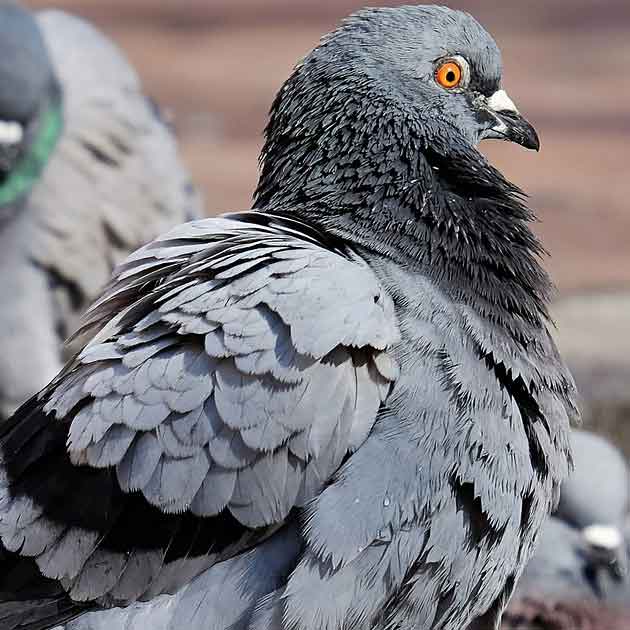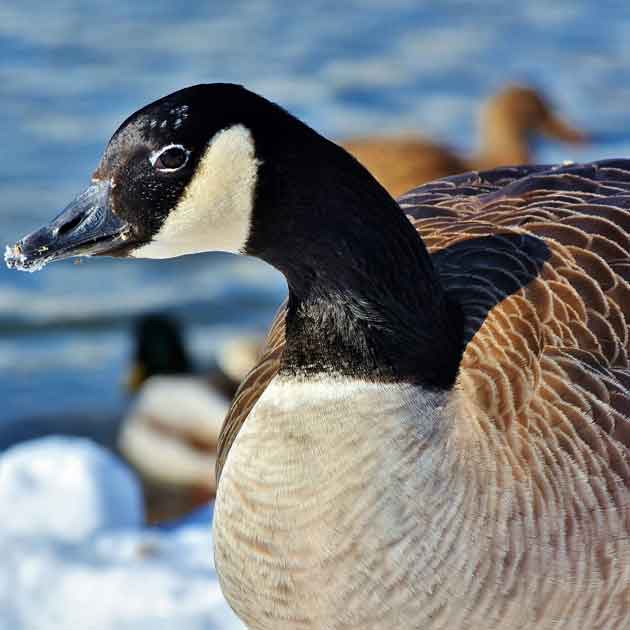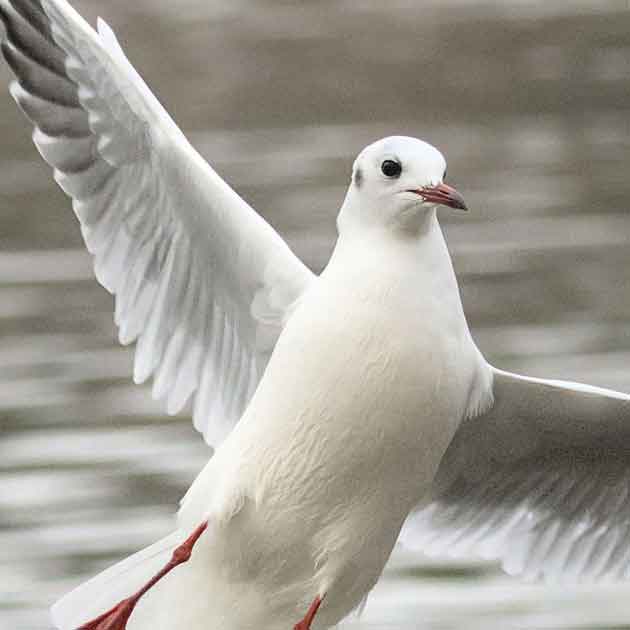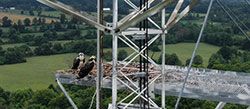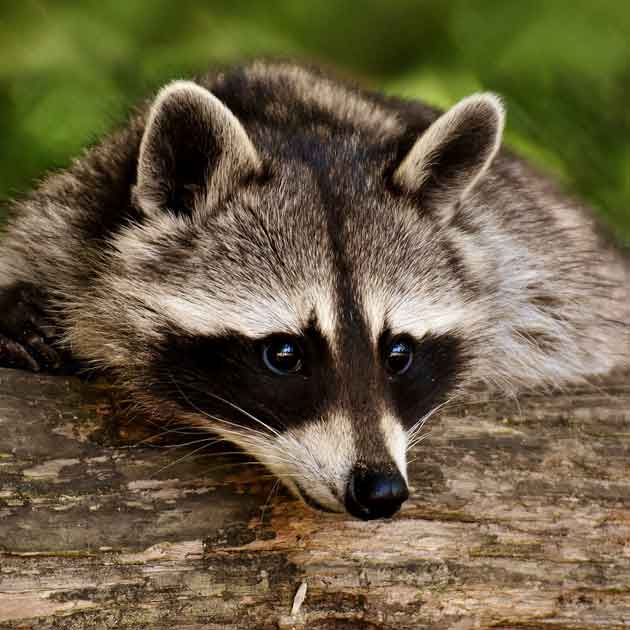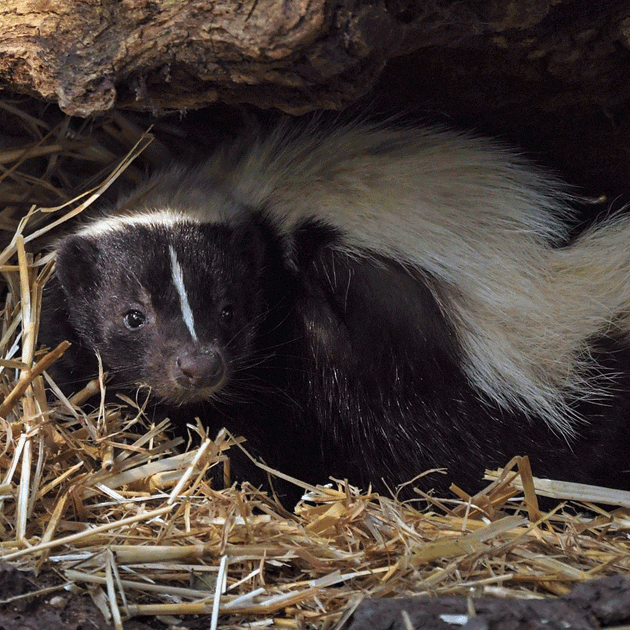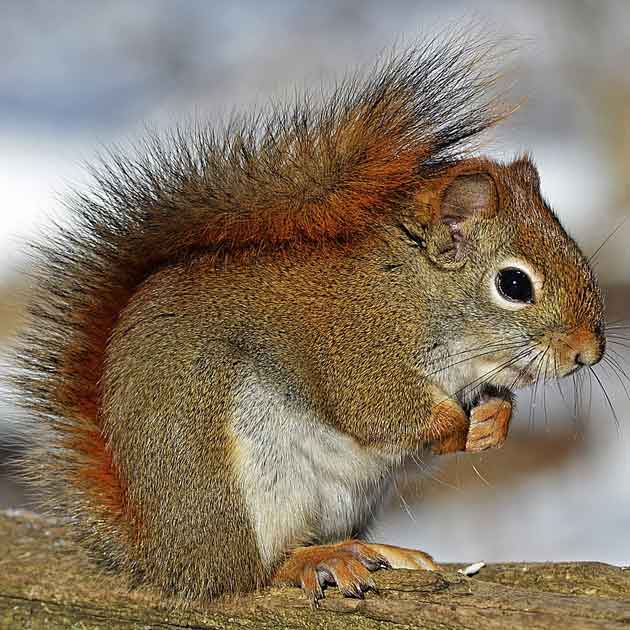Hawkeye Bird and Animal Control has been synonymous with Excellence in Humane Pest Bird Control and Animal & Wildlife Removal for over 35 years. Call us today at 416.429.5393



How to Get Rid of Raccoons in Corn Fields?
Raccoons are among the most destructive wildlife pests affecting corn crops in the GTA. They cause large-scale financial losses due to stalk breakage, kernel removal, and trampled rows.
Corn fields are especially attractive due to the cover provided by tall stalks, sweet corn sugars, and nighttime accessibility, all on large acreage. Traditional raccoon trapping and relocating does not work here as raccoons will almost always return.
Hawkeye’s permanent raccoon removal is legal, ethical, and the only effective long-term solution.
Why Raccoons Target Corn Fields
- Corn provides high-energy food right before winter (late-summer carbohydrate loading).
- Fields are often close to forest edges, barns, irrigation ponds, or abandoned structures.
- Tall stalks are perfect for temporary cover, hiding, and denning.
- Nearby rural dumpsters or livestock feed is easily exploited.
In Ontario, Hawkeye offers Bird control, Animal control, Wildlife removal services and products in:


